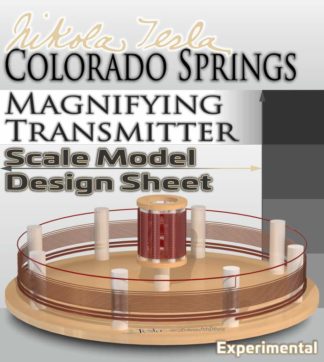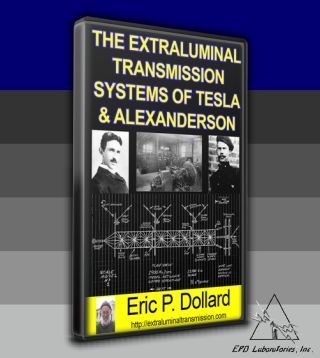LC Constant Calculator
Calculate the inductance or capacitance of a resonant LC circuit with the LC Constant Calculator, and learn how with the integrated live example
The formula for the resonant frequency of a circuit shows that the same frequency will always be obtained as long as the product of the inductance (L) and capacitance (C) is constant. The relation between the two for a fixed frequency is called the L/C ratio.
When the frequency is known, and either the inductance or the capacitance is known, you can calculate the unknown quantity using the LC Constant Calculator. The inductance or capacitance required for resonance at any frequency is given by the equation:
Where
L = Inductance in microhenrys (µH)
C = Capacitance in picofarads (pF)
f = Frequency in megacycles (Mc) or megahertz (MHz)
Example 1: Find the capacitance required to resonate at 1860 kc (1.86 Mc) with an inductance of 250 µH
Example 2: Find the inductance required to resonate at 570 kc (0.57 Mc) with a capacitance of 1500 pF
Using the LC Constant Calculator
Select whether to calculate inductance or capacitance
Frequency: You must enter a frequency for the calculator to work
Calculating inductance: To calculate the inductance, input the capacitance into the appropriate cell
Calculating capacitance: To calculate the capacitance, input the inductance into the appropriate cell
How To Use The LC Constant: This feature displays a live example of how to perform the calculation using the figures that you enter
The result is calculated and updated automatically as you enter different numbers or change between the input fields. If the calculated result hasn’t updated after you’ve finished entering your values, click or tap on the result.
Reference: ARRL – The Radio Amateur’s Handbook





